Gymkhana is one of those words that everyone knows even if they don’t know what it fully means. And for good reason! Is it a term that refers to sports clubs? Or does it mean horseback racing? Or is it a form of Motorsports?
To answer this question in one word would be to say ‘Yes.’ They’re all Gymkhana and yet not the same. But they’re all united by one thing – their association with sport! So, what exactly is Gymkhana? Let’s find out.
Origin
The term Gymkhana is said to come from the Persian word jamat-khana which means a place or house of gathering. While the etymology is not clear, it is certain that during the British Raj, the word was borrowed by the Anglo Indian community to refer to social sporting clubs.
But soon enough, skill-based contests were held in these clubs. This led the word to become synonymous with the display of these events itself.
The word Gendkhana (Ball-house/ Racquet-court) might have been used interchangeably with the word in question as some researchers argue that the former is the original source.
However, today Gymkhana is the term for two sporting events. What’s the difference? Let’s find out.
O-Mok-See (Gymkhana)
O-Mok-See is a word used in the native American language of the Blackfeet community. Originally a warzone tradition, the name translates to ‘Games on horsebacks’ which was essentially a display of time based skills and techniques on horses.
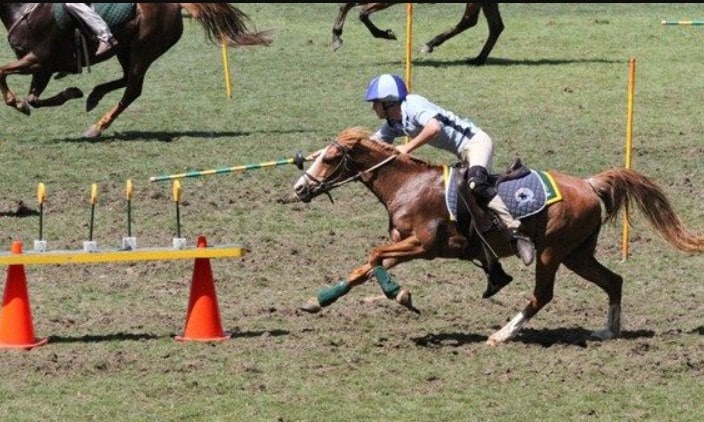
This form of sport was also common among the British officers as it trained them for riding horses in war zones. The equestrian form borrowed the Indian word Gymkhana and is the term that is most commonly used in most English speaking countries including the US.
The rider has to perform various tasks along a set course. They’re given penalties for touching, breaking, or knocking over objects on the set pattern. The rider who completes the tasks with the least amount of time is deemed the winner.
Some of the common tasks include pole bending, barrel racing, and plug race.
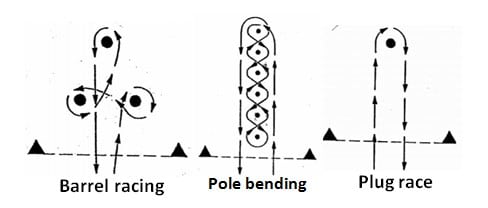
Motorsport (Gymkhana)
Pattern races that test speed, agility, and time just like the equestrian sport, except the horses are replaced with motor vehicles.
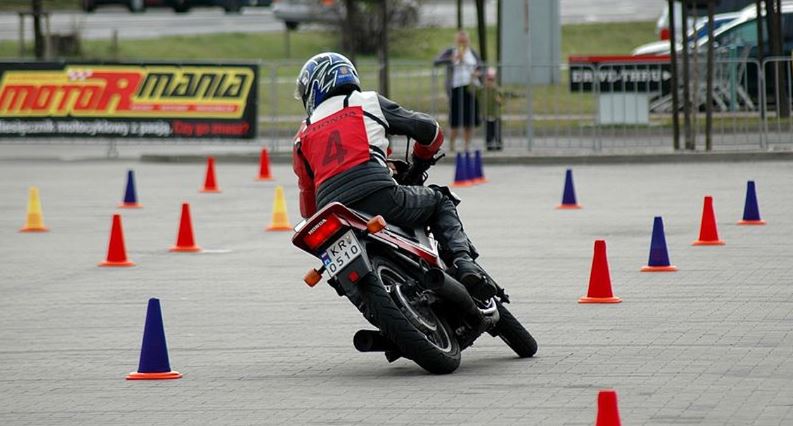
Known as Motorkhana or Autotesting, the participants for the event are required to drive or ride through a predetermined course that’s often complex. The idea is to display advanced precision skills like drifting, 360° spins, the use of reverse gear and sometimes even parallel parking while maintaining speed.
Hitting the obstacles (usually cones or tires) results in penalties and point deductions. Just like the equestrian event, whoever finishes the course in the shortest amount of time without hitting the objects, wins the competition.
Ken Block’s Gymkhana
Pro rally driver Ken Block is perhaps responsible for bringing attention to the sport on a global level. He co-founded Gymkhana Grid in 2010, an annual car race where professional drivers compete.
The obstacles not only include cones and barrels, but ship containers and tanks as well. It’s a form of extreme sport that you won’t see many participating in but the popularity has been steadily increasing. Check out this video to get an idea of how exhilarating this sport is.
Conclusion
In India, the term Gymkhana refers to a club where sporting events are held. While this was the actual meaning of the word, it also refers to the sport itself in most parts of the world. British colonisation is responsible for the spread of the name as well as the sport.
The equestrian form is mostly practiced in India, Pakistan and parts of Europe that were previous British colonies. On the other hand, the motorsport counterpart is popular across the West and is gradually picking up.
The motorsport doesn’t have international recognition or a governing body yet. However, Japan is the only country that has a structure for the competition laid out which include district, state and national level competitions.
FOLLOW US ON INSTAGRAM FOR SPORTS MEMES AND REELS!

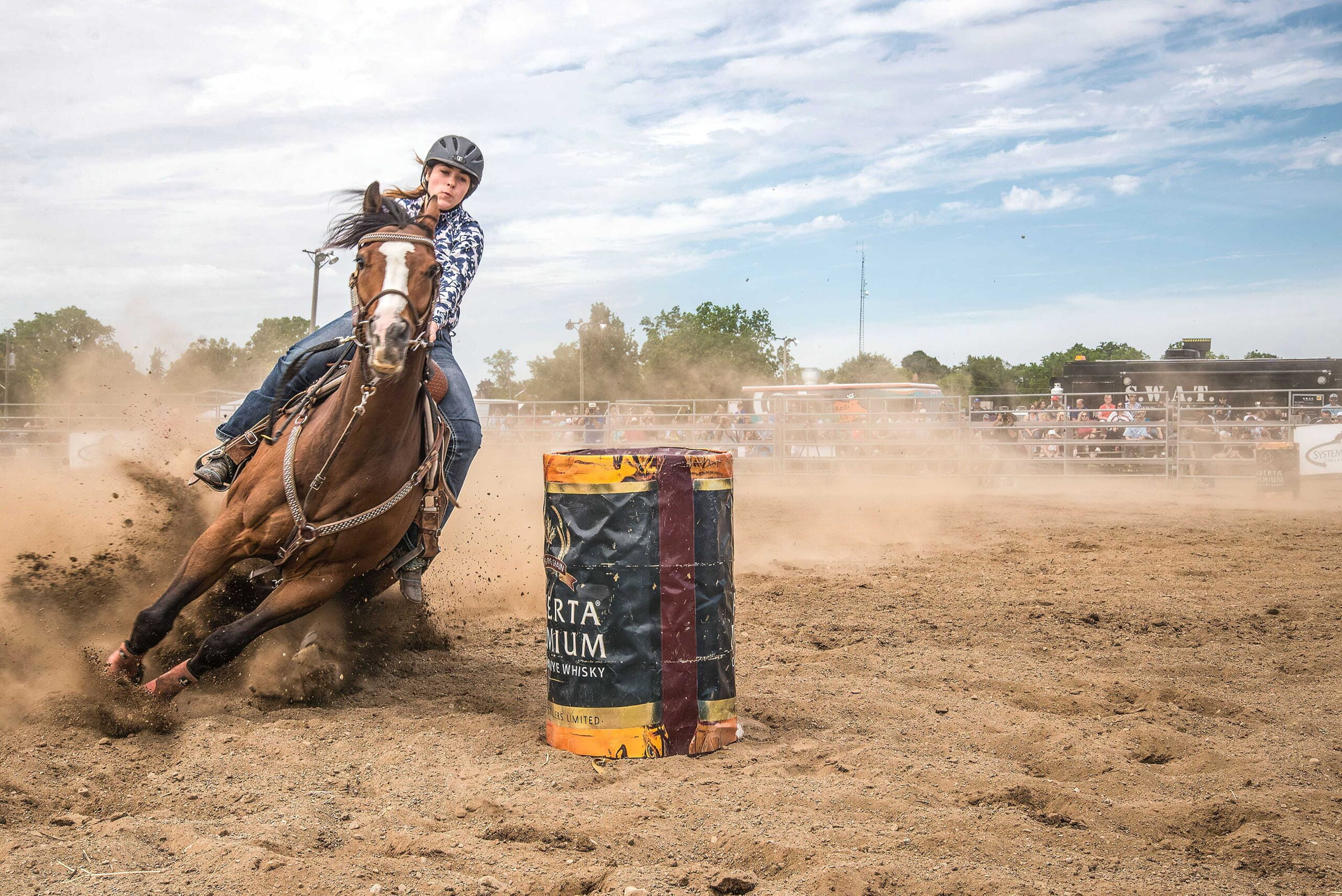


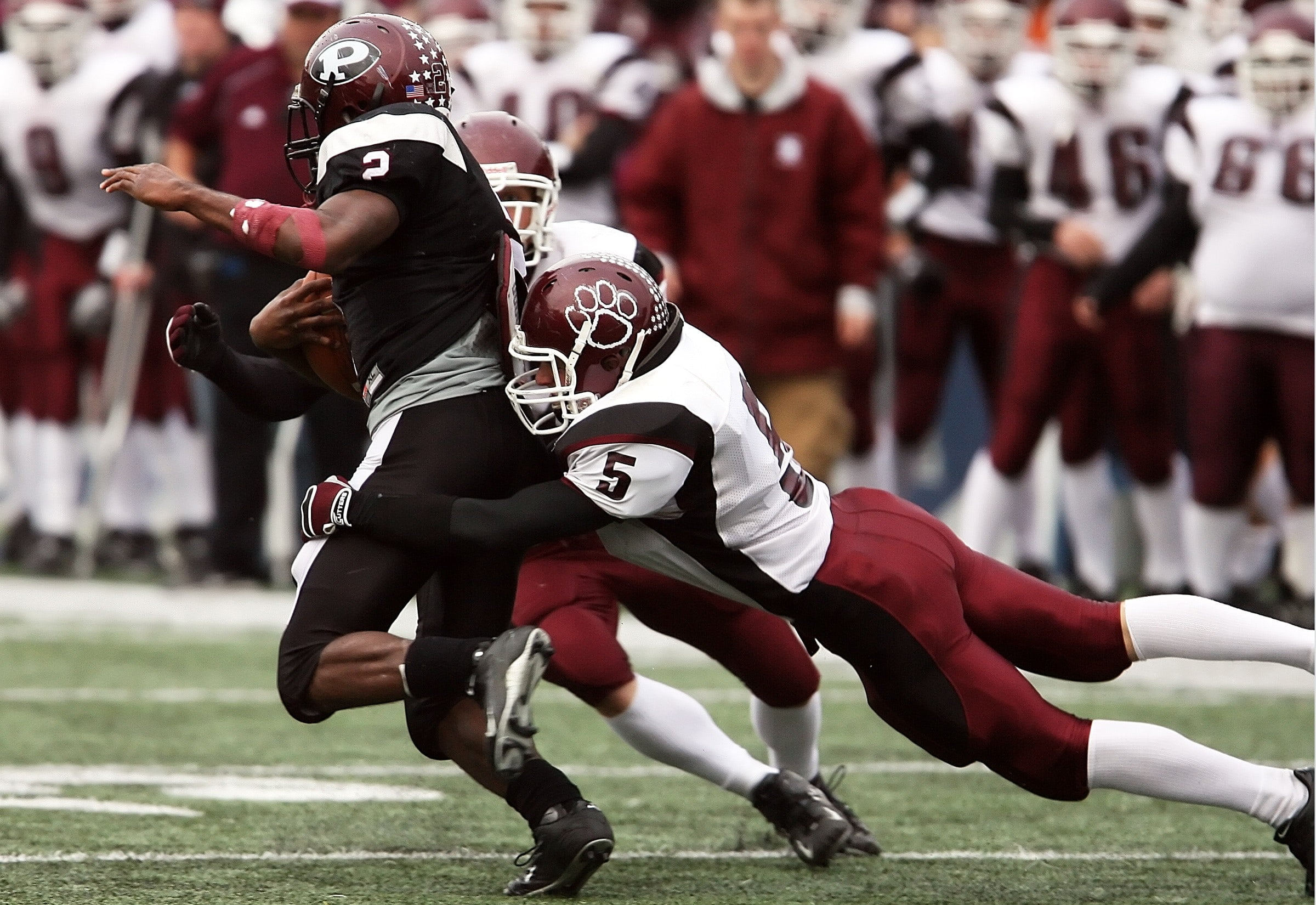
0 Comments